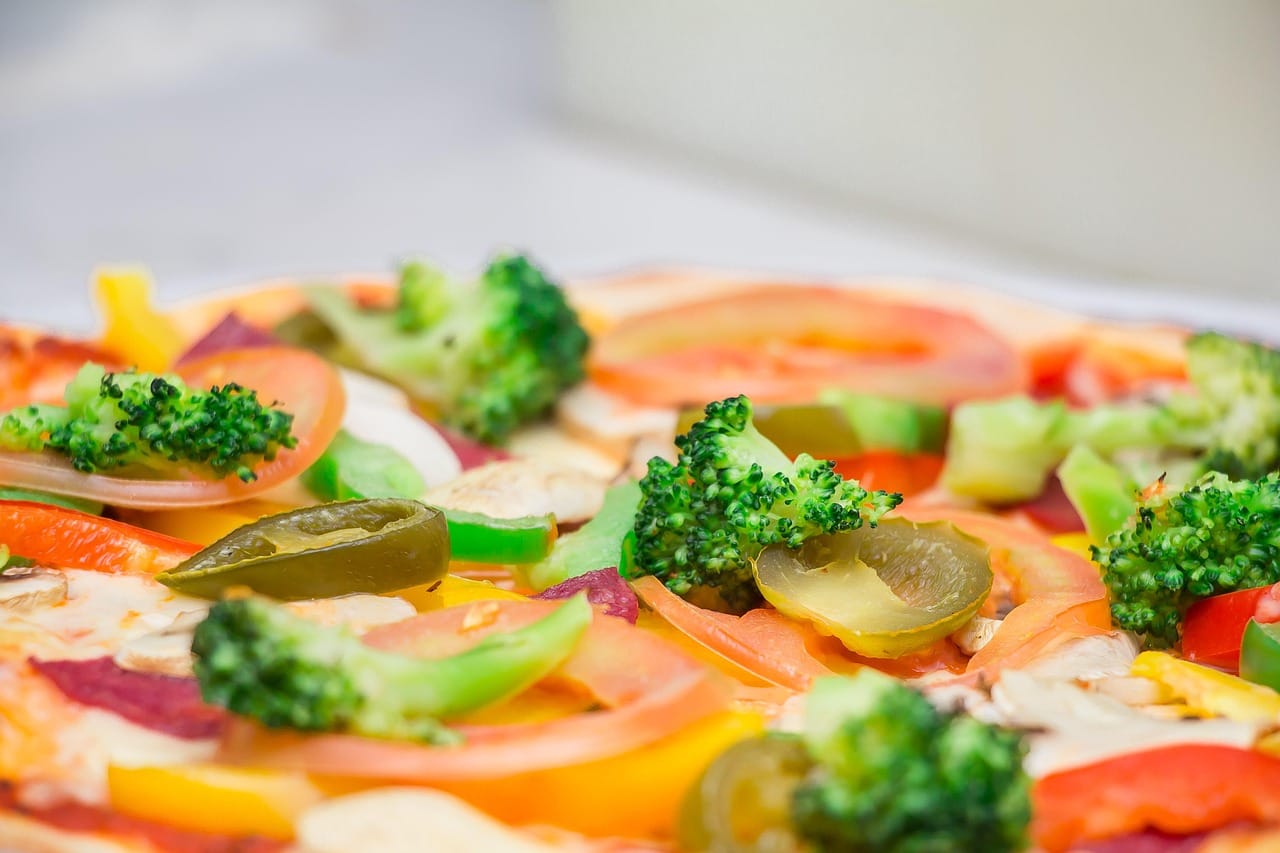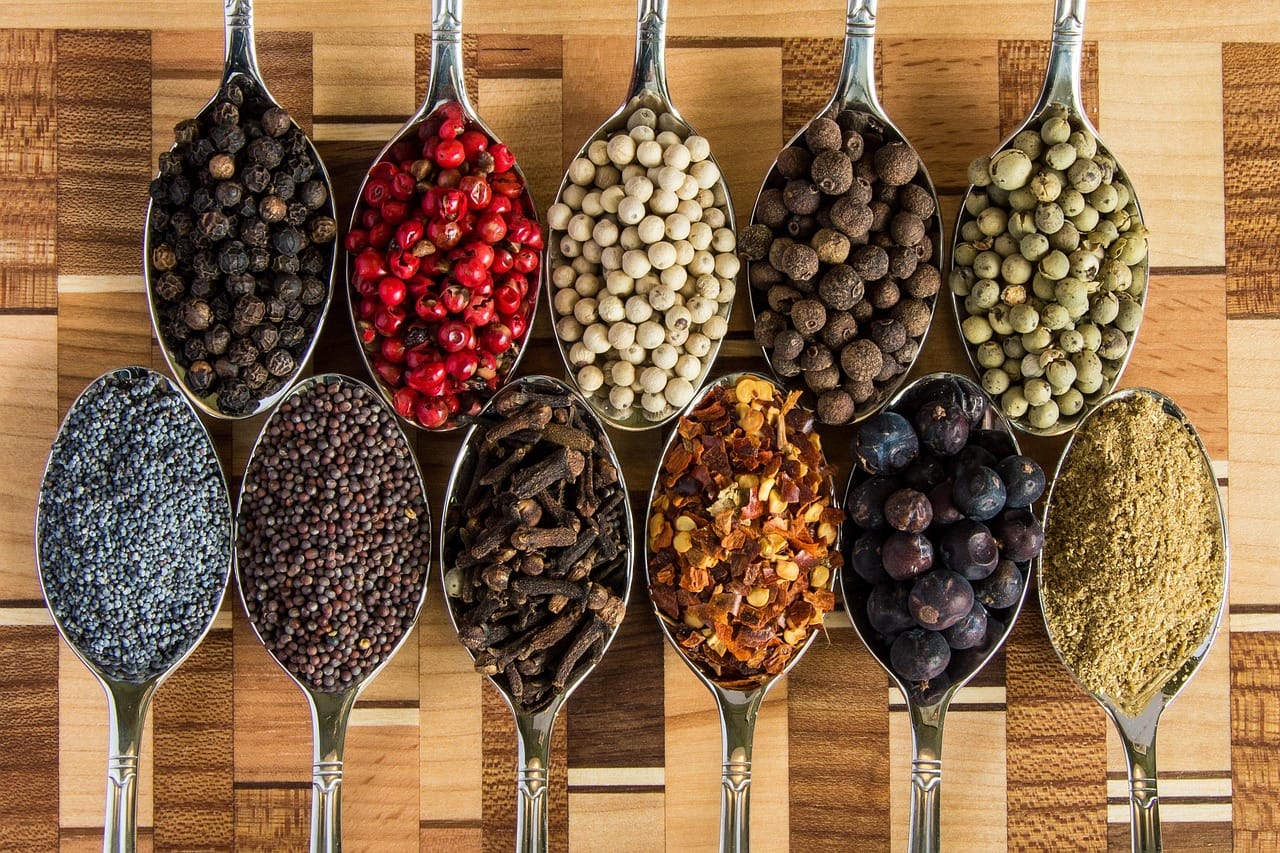Baked sweet potatoes are a nutritional powerhouse disguised as a comforting side dish. From their vibrant orange hue to their subtly sweet flavor, they offer a delightful alternative to regular potatoes. This versatile root vegetable is incredibly easy to prepare and packed with vitamins, minerals, and fiber, making it a fantastic addition to any meal. Let’s dive into the world of baked sweet potatoes and discover all the reasons why you should make them a staple in your diet.
Nutritional Benefits of Baked Sweet Potatoes
Sweet potatoes aren’t just tasty; they’re incredibly good for you! Their vibrant color hints at their rich nutrient profile. Incorporating them regularly into your diet can have significant positive impacts on your health.
Vitamin and Mineral Powerhouse
- Vitamin A: Sweet potatoes are exceptionally high in beta-carotene, which your body converts into vitamin A. Vitamin A is crucial for vision, immune function, and cell growth. One medium baked sweet potato contains well over 100% of your daily recommended intake!
- Vitamin C: A potent antioxidant that helps boost your immune system, protect against cell damage, and promote collagen production.
- Potassium: An essential electrolyte that helps regulate blood pressure, muscle contractions, and nerve function. Sweet potatoes are a good source of potassium, contributing to heart health.
- Manganese: Important for bone health, metabolism, and antioxidant defense.
- Vitamin B6: Involved in protein metabolism, brain development, and immune function.
Fiber Content
Sweet potatoes are an excellent source of dietary fiber, offering both soluble and insoluble fiber.
- Improved Digestion: Fiber promotes healthy bowel movements and prevents constipation.
- Blood Sugar Control: Fiber helps regulate blood sugar levels by slowing down the absorption of glucose.
- Satiety: Fiber contributes to feelings of fullness, which can aid in weight management. One medium baked sweet potato contains around 4 grams of fiber.
Antioxidant Properties
The orange flesh of sweet potatoes is rich in antioxidants, particularly beta-carotene and anthocyanins (especially in purple varieties).
- Protection Against Free Radicals: Antioxidants help neutralize harmful free radicals, reducing oxidative stress and the risk of chronic diseases.
- Reduced Inflammation: Studies suggest that the antioxidants in sweet potatoes may help reduce inflammation throughout the body.
- Improved Heart Health: Antioxidants can help protect against heart disease by preventing the oxidation of cholesterol.
How to Bake the Perfect Sweet Potato
Baking sweet potatoes is a simple and straightforward process, but a few key techniques can elevate your results from good to great.
Choosing the Right Sweet Potatoes
- Firmness: Look for sweet potatoes that are firm to the touch, without any soft spots or bruises.
- Shape: Choose potatoes that are relatively uniform in shape, as this will ensure even cooking.
- Size: Select potatoes that are similar in size so they cook at the same rate.
- Skin: The skin should be smooth and free from blemishes.
Preparing the Sweet Potatoes
- Washing: Thoroughly wash the sweet potatoes under running water to remove any dirt or debris.
- Drying: Pat the potatoes dry with a clean towel.
- Piercing: Use a fork or knife to pierce the sweet potatoes several times. This allows steam to escape during baking, preventing them from bursting. Important: Don’t skip this step!
- Optional: Oil and Seasoning: For enhanced flavor and a slightly crispy skin, you can rub the sweet potatoes with a little olive oil or coconut oil and sprinkle with sea salt.
Baking Temperatures and Times
- Temperature: Preheat your oven to 400°F (200°C). This temperature ensures that the sweet potatoes cook through without burning the outside.
- Baking Time: Baking time will vary depending on the size of the sweet potatoes. Generally, medium-sized sweet potatoes will take 45-60 minutes to bake. Larger sweet potatoes may take up to 90 minutes.
- Checking for Doneness: The sweet potatoes are done when they are easily pierced with a fork and feel soft to the touch.
Baking Methods
- Directly on the Oven Rack: Place the prepared sweet potatoes directly on the oven rack. This allows for even heat circulation and a slightly caramelized skin.
- On a Baking Sheet: For easier cleanup, you can place the sweet potatoes on a baking sheet lined with parchment paper.
- Wrapped in Foil (Not Recommended): While some people wrap sweet potatoes in foil, this method steams them rather than baking them, resulting in a softer, less flavorful potato.
Serving Suggestions and Flavor Combinations
Baked sweet potatoes are incredibly versatile and can be enjoyed in a variety of ways. From simple toppings to more elaborate preparations, the possibilities are endless.
Simple Toppings
- Butter and Salt: A classic combination that highlights the natural sweetness of the potato.
- Cinnamon and Brown Sugar: A warm and comforting topping that’s perfect for a sweet treat.
- Maple Syrup: A drizzle of maple syrup adds a touch of sweetness and a rich flavor.
- Greek Yogurt and Chives: A healthy and savory option that provides a creamy texture and fresh flavor.
- Black Beans, Salsa, and Avocado: A Southwest-inspired topping that’s packed with flavor and nutrients.
Savory Creations
- Stuffed Sweet Potatoes: Top baked sweet potatoes with your favorite fillings, such as chili, pulled pork, or roasted vegetables.
- Sweet Potato Fries: Cut baked sweet potatoes into wedges and bake them again until crispy for a healthier alternative to traditional fries.
- Sweet Potato Hash: Dice baked sweet potatoes and sauté them with onions, peppers, and spices for a flavorful breakfast or side dish.
- Sweet Potato Soup: Blend baked sweet potatoes with broth, spices, and cream for a creamy and comforting soup.
Sweet Treats
- Sweet Potato Pie Filling: Use baked sweet potato flesh as the base for a delicious and nutritious pie filling.
- Sweet Potato Muffins: Add mashed baked sweet potato to muffin batter for a moist and flavorful treat.
- Sweet Potato Brownies: Incorporate pureed sweet potato into brownie batter for added moisture and nutrients.
Storing and Reheating Baked Sweet Potatoes
Proper storage and reheating techniques can help you enjoy your baked sweet potatoes for days to come.
Storage
- Refrigeration: Allow the baked sweet potatoes to cool completely before storing them in an airtight container in the refrigerator. They can be stored for up to 3-5 days.
- Freezing: For longer storage, you can freeze baked sweet potatoes. Peel the potatoes, mash the flesh, and store it in freezer-safe bags or containers. They can be frozen for up to 2-3 months. Thaw overnight in the refrigerator before using.
Reheating Methods
- Oven: Preheat your oven to 350°F (175°C). Wrap the sweet potatoes in foil and bake for 15-20 minutes, or until heated through.
- Microwave: Pierce the sweet potatoes with a fork and microwave on high for 2-3 minutes, or until heated through.
- Skillet: Dice the sweet potatoes and sauté them in a skillet with a little oil until heated through. This is a great option for making sweet potato hash.
Conclusion
Baking sweet potatoes is a simple way to add a delicious and nutritious element to your diet. From their impressive vitamin and mineral content to their versatile flavor profile, sweet potatoes offer something for everyone. By following the tips and techniques outlined in this guide, you can consistently bake perfect sweet potatoes and enjoy them in countless ways. So, grab a few sweet potatoes and get baking! Your body will thank you for it.




